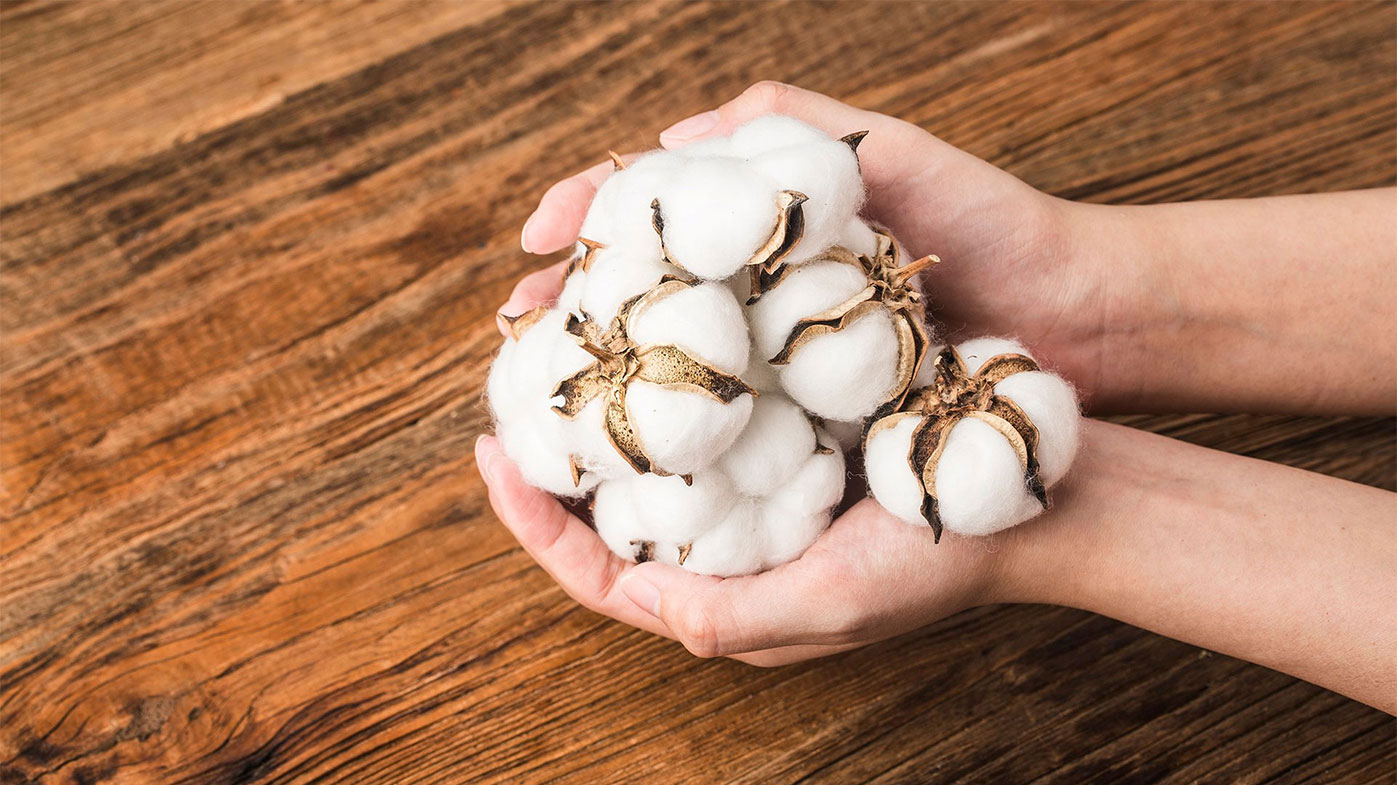
Cleveland on Cotton: Cotton is a Calling
April 28, 2023
It is still not good. It may get worse. The cotton market continues to work its seven month trading range, absolutely refusing to leave the range. A tighter range of 78-84 cents has likely been established with prospects of finding a trade as low as 74.40. Yet, a trade up to 85 cents is just as likely. However, do not expect either to occur. Mills continue to bet on lower prices while growers, most unfortunately, simply hope for higher prices. Not going to happen GI. Mills have the stronger hand.
This is not to fuss at growers or to growers. It is simply a discussion of a dynamic but very cold market. The market does not care about you, me, or anyone. It simply does not care. Growers have blood, sweat and tears on the line. Even more gut wrenching is the emotion they have pumped into the crop. We had earlier suggested growers price out at 85 cents. When that suggestion was met with mostly deaf ears, we said 84 cents. Deaf ears again prevailed. Now we suggest “hoping against hope” of selling at 83 cents but realistically tell you to not wait on 83 cents, do not. Go ahead and take what you can get above 81 cents. I honestly think July will trade back to 82 cents, but now that old crop prices are this low, STOP fighting it. What is another 50-75 point loss when one has already given up 700-800 points. With the May contract in full expiry the July contract will follow May’s path below 80 cents. The hold and hope has worked for growers the last few years. This year it is working for the mills.
On-call mill sales vs purchases indicate mills are prudently fixing prices on price moves lower. The on-call purchases data clearly shows growers are delaying the pricing decision, suffering increasingly with each passing day. The on-call sales to on-call purchases ratio (mill purchases to grower selling ratio) strongly favors lower prices. While growers continue to talk about exports and the current weekly report was particularly good, though very misleading. It Does Not Matter, Forget It. The marketing season is done. It is over. This market has provided growers a second chance to and a third chance. It will offer no more. Do not beat yourself up anymore. The only way prices move higher is if the Government steps in and offers to buy the cotton at a higher than market price. Take odds on that. Agriculture has little to no standing in Government.
Cotton growers must extract enough from the market in eight years to cover their needs of ten years. Grains are more forgiving, but without the home run offered by cotton. Grain producers must extract enough from the market in seven years to cover a ten year production cycle.
The cotton market is out of kilter. If the demise of old crop was not depressive enough now comes the 2023 crop facing a demand structure much like that faced by the 2022 crop faced. The ugly ugly U.S. and world economic outlook remains one of near recession, if not actual recession. The economic impact is such that demand will remain stagnant and both U.S. and world carryover will balloon higher in 2023-24 and into 2024-25. That is not to say that there will not be profitable pricing opportunities for most cotton growers, but the probability is that the low to mid 80’s will be the extremely high price objective. More importantly, the market may spend all to near all its time trading in the 70’s. Until Washington decides to attack the economic woes it created, production agriculture will exist only at the subsistence level.
The adage of “low prices cure low prices” is at work. With lower cotton prices yarn prices are tending to weaken. This is the first step in generating a new or improved demand. Lower yarn prices will spur improved margins for apparel manufacturers and thereby retailers. Yet. It will be slow going as the consumer has little money to spend on apparel.
Old Crop Prices—80 cents, plus or minus 3 cents New Crop Prices—Mother Nature, 70-90 cents, the high side was lowered 10 cents this week, it is trending lower
Give a Gift of Cotton Today
